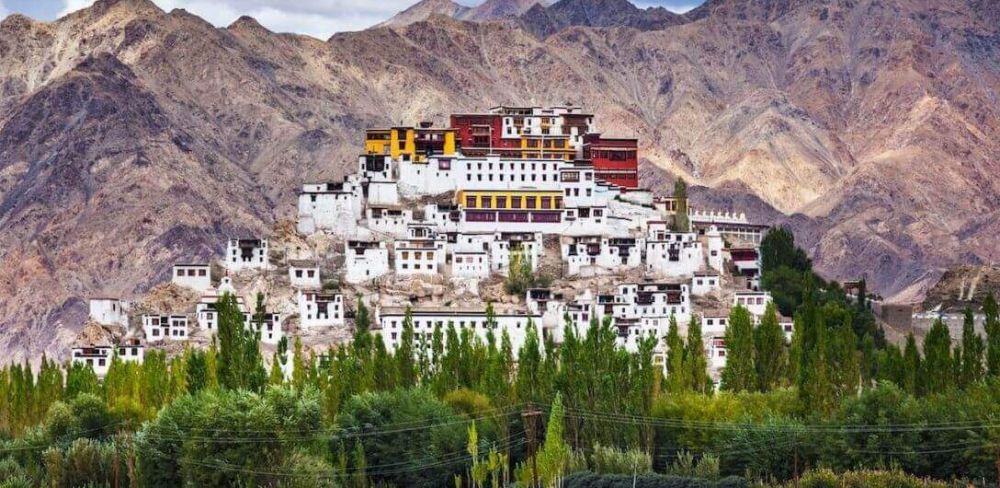

Thiksey Monastery, located approximately 19 kilometers east of Leh in Ladakh, India, is one of the most revered and beautiful Buddhist monasteries in the Himalayas. Resembling the Potala Palace in Lhasa, Tibet, this 12-storey complex is situated at an altitude of 3,600 meters (11,800 feet) in the Indus valley. It is a fine example of Ladakhi architecture and houses many items of Buddhist art such as stupas, statues, thangkas, wall paintings, and swords.
The history of tourism at Thiksey Monastery is relatively young compared to its spiritual history, which dates back to the 15th century. Visits by outsiders were sparse and were mostly limited to traders and explorers until the late 20th century. It was only after the opening of Ladakh to tourists in 1974 that Thiksey, along with other monasteries in the region, began to gain international attention.
In the ensuing decades, with the growth of adventure and cultural tourism, Thiksey Monastery has emerged as a key attraction for visitors to Ladakh. The monastery's annual festivals, especially the Gustor Ritual in October or November, which features the sacred Cham Dance, have attracted a large number of tourists. Tourists also come to experience the serenity of the morning prayers, the monastery's impressive collection of artifacts, and the panoramic views of the Indus Valley it offers.
In recent years, tourism at Thiksey Monastery has become more sophisticated and responsible. Visitors are now encouraged to engage in sustainable tourism practices to preserve the delicate ecology and cultural heritage of the region. There has been a growing trend towards experiential travel, with tourists looking for immersive experiences such as engaging in meditation sessions, learning about Tibetan Buddhism, and participating in local community activities.
To cater to the diverse demands of tourists, accommodations ranging from homestays to luxury hotels have been developed in the surrounding area. Travellers are increasingly using digital platforms to plan their visits, and virtual tours have also gained popularity, especially in the wake of travel restrictions imposed by global events such as the COVID-19 pandemic. Nevertheless, the charm of visiting Thiksey Monastery in person remains unmatched.
As tourism continues to grow, Thiksey Monastery faces the challenges of managing visitor footfall and minimizing environmental impact. Efforts are being made to develop responsible tourism policies and educate visitors on the importance of respecting the sacred nature of the site.
The future of tourism at Thiksey Monastery seems poised to become even more integrated with community-based initiatives that support the local economy while enhancing the guest experience. This includes promoting local handicrafts, organic farming, and the conservation of local traditions and architecture. The goal is to ensure that the growth of tourism contributes positively to both the preservation of Thiksey Monastery and the well-being of the surrounding communities.